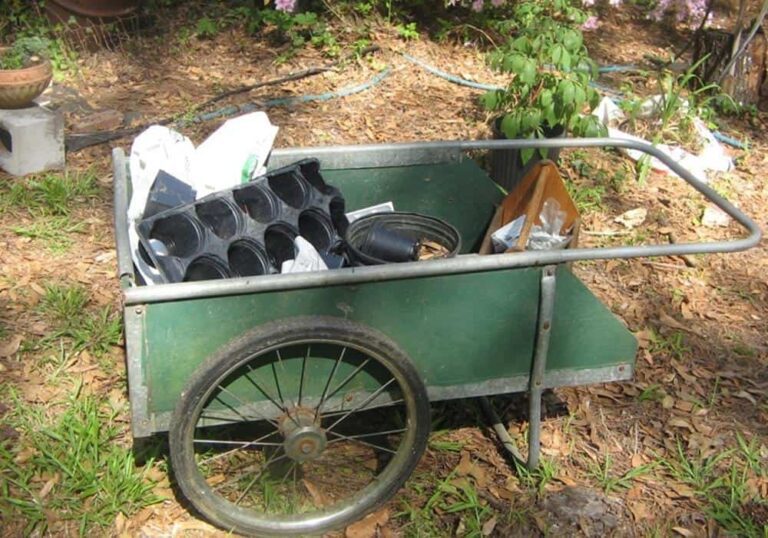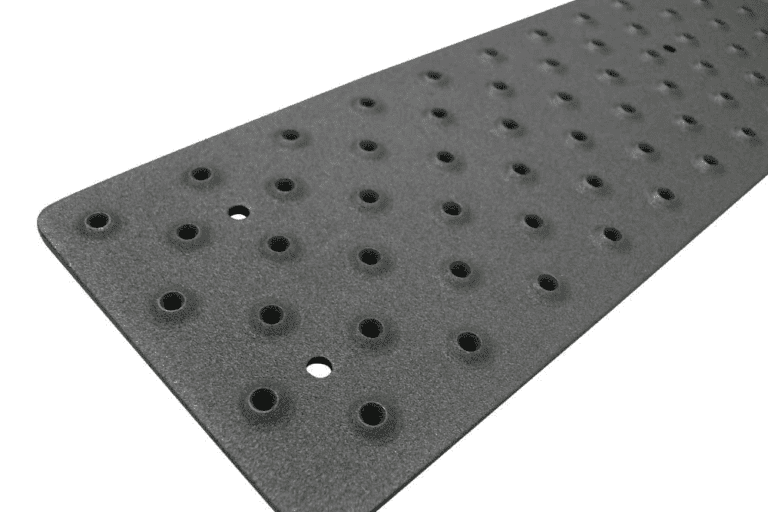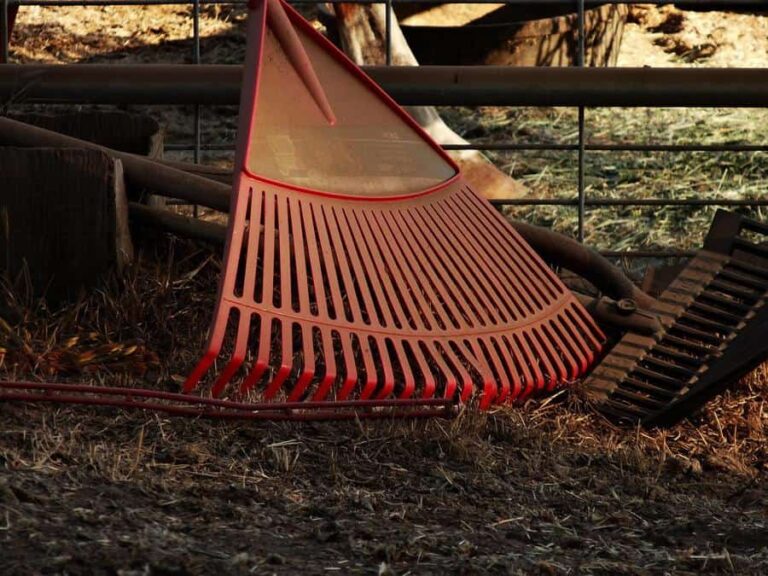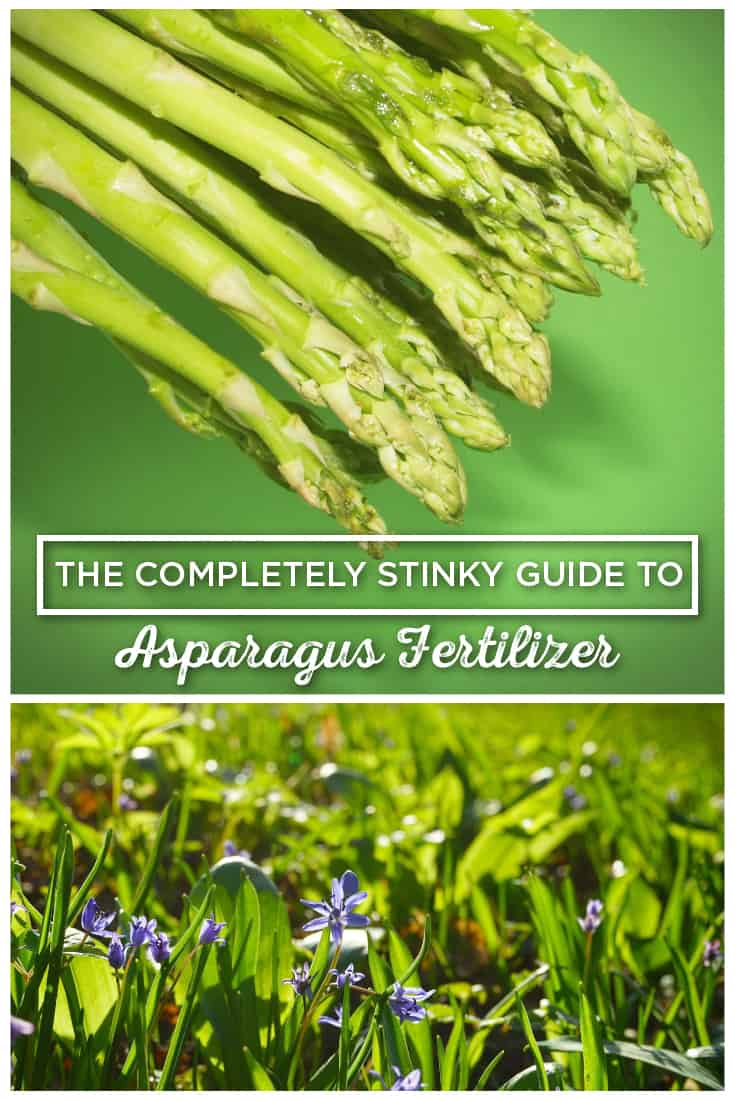How Greenhouses Work: Tips and Tricks
A greenhouse works by converting light energy into heat energy. Light rays from the sun enter the greenhouse, where they are absorbed by plants and objects and converted to heat. The itmes in the greenhouse release the heat energy, but it is trapped in the small space of the greenhouse by the glass (or plastic sheeting).
Greenhouses can get too hot, which is why many have windows, vents or fans to help release hot air as needed. Some also have separate heating systems that raise the temperature when light levels are low.
What Happens in a Greenhouse
The simplest way to explain how a greenhouse works is to say that it turns light energy into heat energy. The sun’s rays shine into the greenhouse, through the clear sheeting or panels. Objects in the greenhouse, including the plants, absorb the sun’s light and convert it to heat.
The video above from Science with Bobert demonstrates how a greenhouse works and shows you the how objects of a different color respond to sunlight. Dark colored objects absorb light and warm up, while light colored objects reflect the light.
Why doesn’t the heat simply leave the greenhouse again, if it got in so easily? For two reasons.
First, objects that absorbed the light initially release the heat very slowly. It doesn’t take very long for plants and items such as a dark colored table or pieces of cement painted black to warm up. But it does take them a long time to cool down.
As the objects cool down, they release their heat energy back into the air. The warmer air is lighter and rises to the roof of the greenhouse. Cooler air falls back towards the ground and the objects, where it absorbs the warmth being given off.
Once the warm air gets to the top of the greenhouse, it doesn’t really have anywhere to go. Although light can pass easily through glass or plastic sheeting, heat doesn’t pass through so well. Glass and plastic might not be the best insulators, but they do help to keep the heat in the greenhouse somewhat.
The Greenhouse Effect
In many ways, the Earth is its own greenhouse. It is surrounded by a thick layer of atmosphere that keeps warm air from escaping into space. In this case, the atmosphere is performing a similar role as the glass or plastic in a greenhouse.
The video above shows, without the atmosphere layer, the Earth’s temperature would be a frigid -18 degrees Celsius. Thanks to the atmosphere, the Earth is usually an average of 15 degrees Celsius (59 degrees Fahrenheit).
A number of factors influence how well the greenhouse effect works on Earth. Cloud cover at night can increase the greenhouse effect, according to NASA. When it’s cloudy at night, the warm air rising from the surface of the Earth isn’t able to fully work its way up into the atmosphere.
Instead, it’s trapped by the layer of clouds and the outside temperature actually increases. When the clouds finally break up, the trapped warm air can escape and the temperatures fall.
Related – What Does a Greenhouse Cost?
Controlling Temperatures in a Greenhouse
In some parts of the world, where outside temperatures are very cold in the winter or where there’s just not enough sunlight to fully heat the greenhouse, it might not get warm enough to sustain plants, without a bit of help from a gardener.
For that reason, many gardeners and large commercial growers need to use an additional heating source to control the temperature inside a greenhouse. According to Scientific American, growers in the Midwest and other colder areas use heaters to keep greenhouses at a relatively balmy 65 degrees throughout the winter.
In the summer, it’s a different story, especially in warmer areas. Since white helps reflect light and prevent heat absorption, greenhouse gardeners in hot places often paint greenhouse roofs white in the summer, removing the paint in the winter. A more cost effective option is to use a white curtain or shade panel to block the sunlight in the summer.
Location, Location, Location
Where you put a greenhouse influences not only how much light it is able to absorb but also how much heat it can radiate. Usually, it’s best to put a greenhouse to the south of a building or other structure, according to Clemson University Extension.
A south facing greenhouse will get the maximum amount of sunlight. The next best option is to put the structure to the east or southeast. It will get less sun, but the amount of light it receives should be sufficient for most plants.
In areas that get very hot in the summer, it makes sense to put a greenhouse under the shade of trees. Trees that lose their leaves in autumn will allow the greenhouse to get a sufficient amount of sun in the fall and winter. But as temperatures climb and the sun becomes more intense, the leaves on those trees will provide sufficient protection in the spring and summer.
Another way that location influences the effectiveness of a greenhouse is in terms of how well insulated the structure is. Usually, freestanding greenhouses have the least amount of insulation and often need some external source of heat in the winter.
But a greenhouse that is attached to a building is able to get heat and insulation from the shared wall, especially if the shared wall is exposed to sunlight during the daytime. The wall absorbs the light from the sun, converts the energy to heat, then radiates it back out at night, helping maintain the temperature.
Ventilation
Many greenhouses include ventilation systems to keep the temperature under control. Some structures have windows that can open to let some of the heat out. Others use fans to blow the air across the structure. Along with keeping the temperature from getting too hot, a properly ventilated greenhouse helps to reduce the risk for fungal infections in plants.
Related – DIY Greenhouse Ideas






